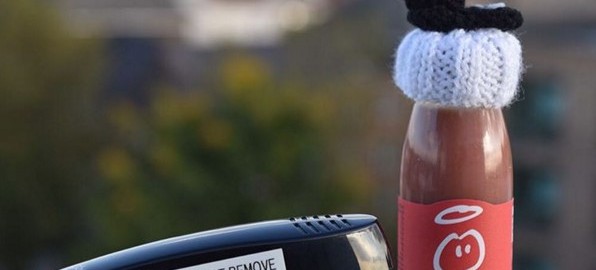
Businesses Need Storytelling
“Marketing is no longer about the stuff you make, but about the stories you tell,” said entrepreneur and marketing guru Seth Godin. On his blog he explained what makes a story great, “A great story is true. Not necessarily because it’s factual, but because it’s consistent and authentic. Consumers are too good at sniffing out inconsistencies for a marketer to get away with a story that’s just slapped on.”
Storytelling has become a skill that business owners can no longer ignore because of its ability to transform how a brand is perceived by potential customers. A brand that is able to tell a great story is more trusted and favored than a brand that doesn’t.
Today, brands can’t afford to be boring and overbearing with the promotion of their products. It turns a lot of consumers off; especially Millennials because they have gained the ability to filter out content that doesn’t benefit or entertain them. Businesses needed to learn how to integrate storytelling into their marketing and communication efforts to make their brands seem more appealing.
What is Brand Storytelling?
Brand storytelling is the act of creating stories or content that represents a brand’s values and objectives to drive interest in its target audience. There are many ways brands can tell their stories: blog posts, social media posts, videos, speaking events, podcasts, their “about us” page, presentations, etc. Storytelling can not only build relationships with potential customers, but can also strengthen connections between employees, fascinate strangers, and even increase sales.
Examples of Great Storytelling
Storytelling is a valuable tool because of its ability to connect a certain emotion or cause toward a particular product or service. Here are examples of brands using different kinds of storytelling to promote themselves:
• Extra Gum: Extra Gum recently released a commercial following the relationship of Sarah and John from their high school days to adulthood. We see them spend fun days at the park, escorting each other to prom, and even arguing over living arrangements. At every important moment that they have, John draws a picture of them together on a piece of gum wrapper. Sarah moves away from John and they struggle to maintain their long distance relationship. Until one day, Sarah enters her apartment and sees frames hanging on the wall with John’s drawings. She turns around and unexpectedly see John on his knees with a wedding ring. The video is posted on YouTube with over 11 million views!

• Innocent Drinks: Innocent is a cute and fun brand that sells juice, coconut water, and kid drinks. Why did I call it fun and cute? Because of the way the brand presents itself on their website and social media pages. On social media they post pictures of the adventures of the 4th floor stapler that isn’t supposed to leave the 4th floor. On their website they present the story of their brand through a timeline. They include the moment they almost went bankrupt by giving 46% of their profits to charity. They have another page on the website called, being sustainable, that shows their efforts of being earth-friendly through their products. They are very honest with what ingredients go into their products and the carbon footprint that they leave behind. Their act of transparency and pleasant presence shows that their story is about how “Innocent” positively affects the world.

Steps in Storytelling
• Find your characters: Characters are the representatives of your brand – they can be whoever you want. They can be your founders, employees, or fictional personas that represent the values and qualities of your brand. They must be interesting and likable to your audience.
• Know your values and beliefs: What your business values should be expressed in your story and content. What social issues or causes do you care about the most? How do you want to change the world with your brand?
• Decide on a structure: Structure is the chronological arrangement of events in which your story will be told. Most stories have a beginning, middle, and end. Circumstances are the context of your story. It explains what is happening and why.
• Create content: There are many ways to tell a story. You should decide on the different kind of content that you will be using to express it.
• Plan your marketing efforts: You need to show others your story. Organize great marketing efforts to attract your target audience to your brand.
Questions to Ask Yourself:
1. How would I describe my brand?
2. What are my brand’s objectives?
3. What are my brand’s values?
4. Who is my business’s target audience?
5. How do I want my audience to perceive my brand?
6. How is my brand affecting the world around it?
7. What is it that my brand is doing to make it seem better than the competition?
8. What topics related to my business, product, or service that would interest my target audience?
9. Can I use these topics to create informative and entertaining content or better yet, a compelling story?
10. What are my business’s philosophy, values, and characteristics? And how can I incorporate them into my content or story?
11. What kind of story will represent my business the best and how do I tell it?
(63)









